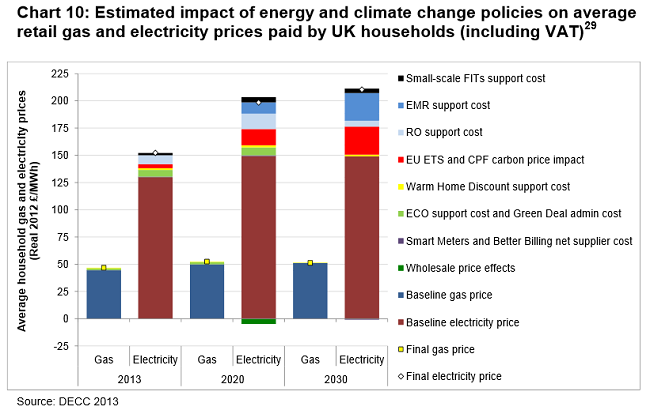In Maclean’s, Kate Lunau recounts the history of the venerable incandescent light bulb as new regulations kick in today to phase them out of use in Canada:
The incandescent light bulb was born on Jan. 27, 1880, when U.S. inventor Thomas Edison famously patented his “electric lamp.” Others had paved the way, including Canadians Henry Woodward and Mathew Evans, whose 1874 light bulb patent was bought by Edison. But it was the latter who perfected and would commercialize the technology.
The light bulb — in which an electric current passes through a filament that heats up and glows inside a glass bulb — yanked North America into the electric age. Before then, “all street lamps were gas,” says Anna Adamek, who curates the energy collection at the Canada Science and Technology Museum, which includes about 2,000 light bulbs. “Wealthy people could afford gas lamps for interior lighting, but most would use kerosene, oil, or candles.” In 1882, the Canada Cotton Co., in Cornwall, Ont., became the first Canadian company to install electric lights. “Edison personally supervised the installation,” she says. In 1884, the lights went on in the Parliament buildings and, by 1905, the lighting of Canadian cities was well under way. Electric light changed the way people spent their evenings, and the way businesses operated — allowing people to work around the clock. Once electric wiring was installed, manufacturers were spurred to make all sorts of new gadgets and appliances for the home, from electric irons to refrigerators.
[…]
As the ban approached, many fretted over the cost of replacing their household lights with CFLs and LEDs, as well as the small amount of mercury inside fluorescents — not to mention the loss of pleasant-coloured lighting at home. Traditionalists have responded by stockpiling their beloved bulbs. In the U.K., the Daily Mail carried a story of a 62-year-old pensioner, who hoarded enough to see her “into the grave.” Riffing on the old joke, Freedom Light Bulb, a U.S. blog, asked: “How many politicians or bureaucrats should it take to change a light bulb?” The answer: “None.” On Jan. 1, 2014, Canada’s new regulations will be phased in. Stores will sell through existing inventory; not long after, that warm familiar glow will be gone for good.




